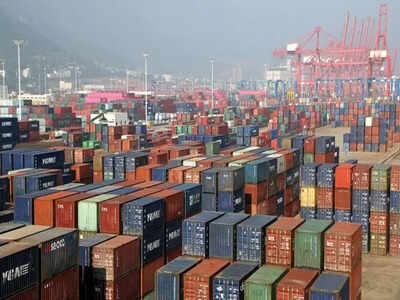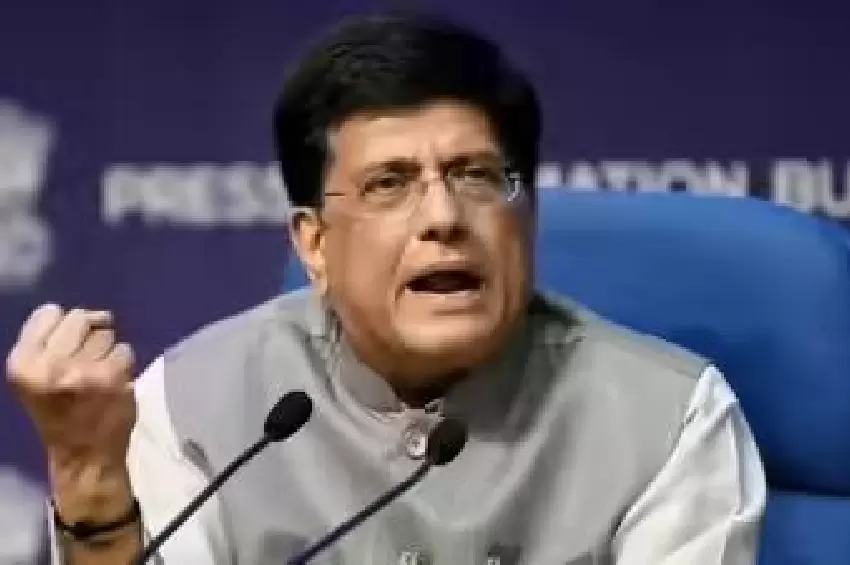India's Trade Deficit Shows Signs of Improvement
India’s merchandise trade gap is estimated to have narrowed slightly to $20.7 billion in June 2025, down from $21.9 billion in May, according to a report by Union Bank of India (UBI). This modest improvement was largely driven by lower crude oil prices, subdued gold imports, and a strategic shift in sourcing that helped mitigate the impact of global commodity price fluctuations.

Impact of Global Oil Prices on India's Trade Balance
The report highlighted a temporary drop in global oil prices following a ceasefire between Israel and Iran, alongside increased oil production by OPEC+, which contributed to a more favorable oil trade balance for India. Despite a quick rebound in Brent crude prices, broader supply conditions helped keep import costs from rising too steeply.
Shift in Oil Sourcing Strategies
India’s refiners notably increased purchases from Russia and the United States, reducing reliance on traditional Middle Eastern suppliers. This shift, motivated by discounted Russian oil and efforts to diversify sources, also aimed at minimizing geopolitical risks by avoiding the Strait of Hormuz.
Decline in Gold Imports
Gold imports also saw a decline, contributing to the narrowing of the trade deficit. This was attributed to soaring global prices, tighter government regulations, and an uptick in recycling activities. Domestic demand remained low, with further reductions in imports anticipated.
Looking Ahead
The report emphasized the need to monitor commodity prices, especially oil and metals, to assess future trends in the trade deficit. It warned of potential strains on India’s import bill if prices continue to climb, though softening global demand and sluggish exports might help balance the overall impact.









Comments